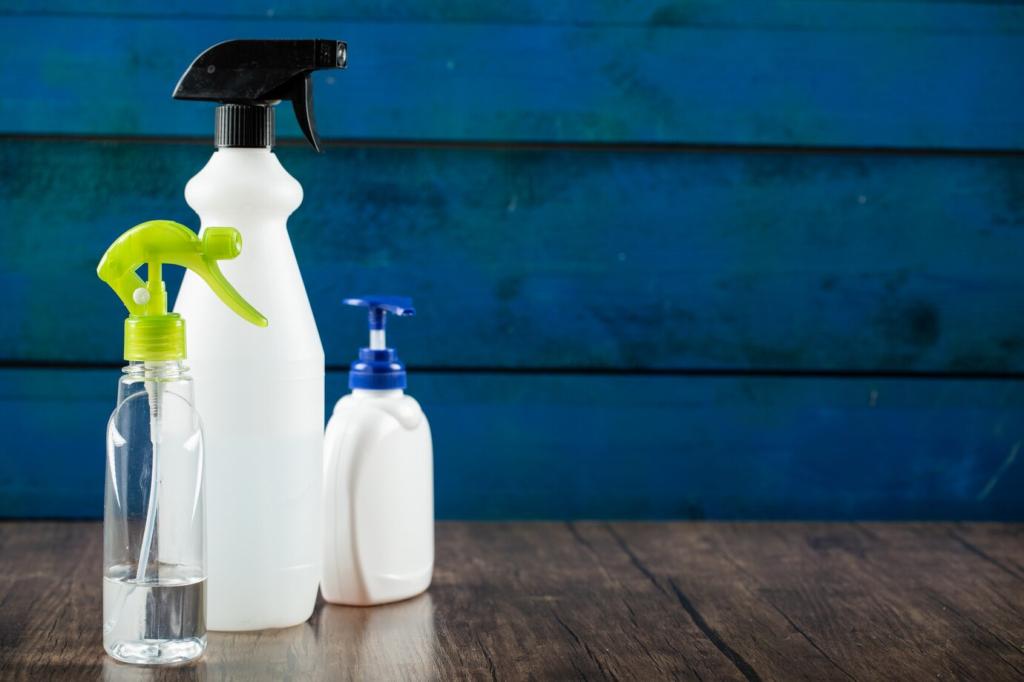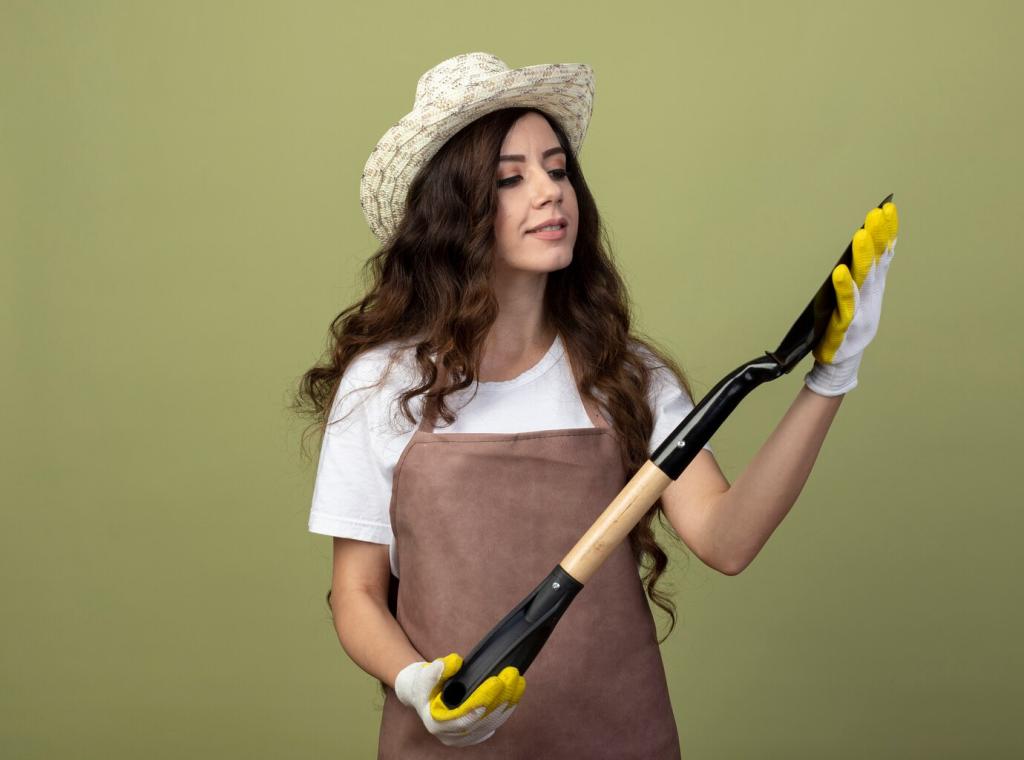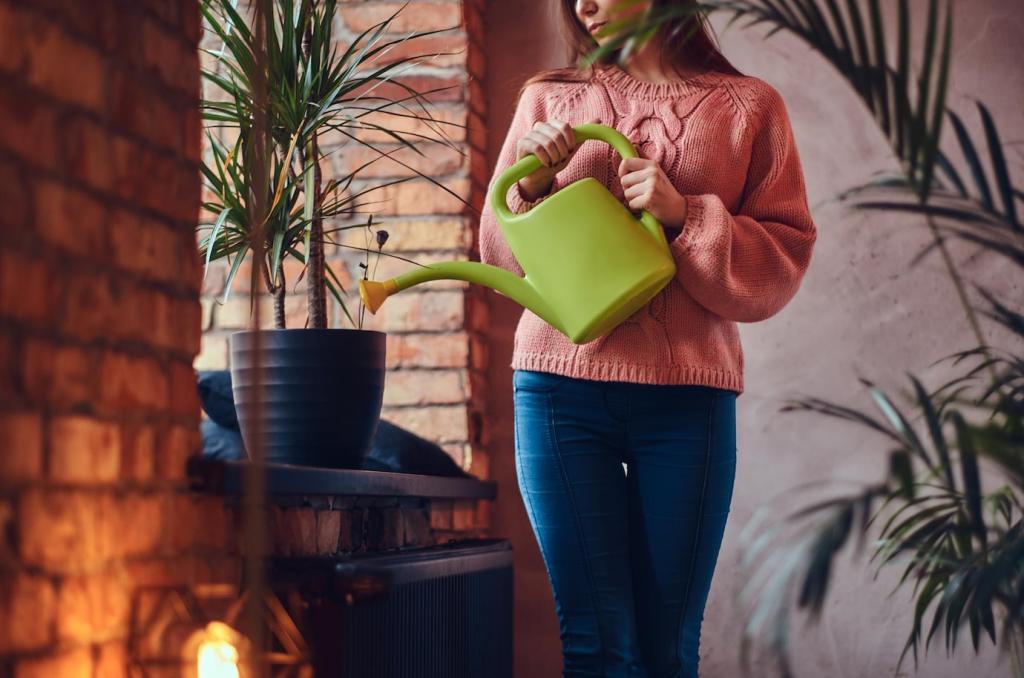DIY Eco-Conscious Sofa Stain Removers
Welcome to our green home hub! Today’s theme is DIY Eco-Conscious Sofa Stain Removers—simple, safe, planet-friendly methods to rescue upholstery without harsh toxins, wasteful habits, or pricey single-use products. Settle in, learn a few science-backed tricks, and share your wins with our community.
Know Your Stain, Save Your Sofa (and the Planet)
Water- versus oil-based stains
Water-based stains like coffee, juice, or tea lift best with gentle, dilute, water-friendly cleaners. Oil-based stains—makeup, salad dressing, butter—prefer absorbents and alcohol-based spotters. Identifying the stain first saves time, avoids unnecessary products, and keeps your routine truly eco-conscious.
Mind the pH and the fiber
Acidic stains often respond to mild alkaline aids like baking soda, while alkaline stains may benefit from diluted vinegar. But fabric matters: microfiber, linen, cotton, wool, or blends each react differently. Being mindful about pH and fiber keeps colors bright and reduces irreversible damage or dull patches.
Patch-testing like a pro
Always test solutions on a hidden area before you commit. A tiny patch test catches color bleed, texture changes, or water rings. This simple eco habit saves resources by preventing big mistakes that require heavier cleaning, extra rinsing, or even replacing beloved cushions and covers.
Pantry-Powered, Low-Toxicity Stain Solutions
Skip the fizzing mix. Apply a light vinegar solution first for alkaline residues, blot, then sprinkle baking soda if deodorizing or gentle lift is needed. Used sequentially—not together—they avoid neutralizing each other, prevent residue buildup, and keep your sofa and indoor air much happier.
Pantry-Powered, Low-Toxicity Stain Solutions
A few drops of plant-based castile soap in warm water create an effective, biodegradable cleaner. Blot—not rub—with a microfiber cloth, then follow with a damp rinse cloth to remove residues. This minimalist approach preserves fabric feel, reduces water usage, and keeps everything pleasantly low-tox and simple.
Pantry-Powered, Low-Toxicity Stain Solutions
Dust fresh grease with cornstarch to absorb oils without spreading them deeper. After fifteen minutes, vacuum. Follow with a small amount of rubbing alcohol or eco ethanol on a cloth, dabbing gently. This two-step method targets oil efficiently while avoiding heavy solvents and unnecessary synthetic fragrances.
Spot-by-Spot Playbook for Common Sofa Emergencies
Coffee and tea
Blot with a dry cloth immediately, then use a dilute castile soap solution. For stubborn tannins, re-blot with cool water and a touch of vinegar on a cloth. Avoid soaking. Gentle patience beats scrubbing, protects the weave, and saves you from chasing an expanding water ring later.
Red wine and berry smudges
Blot, don’t rub. Apply cool water, then a small amount of castile soap solution. If color persists, try oxygen-based cleaner (sodium percarbonate) diluted per label and patch-tested. It’s color-safe on many fabrics but always test. Finish with a damp cloth rinse and quick airflow to prevent rings.
Ink and marker
Place a clean cloth under the area to catch transfer. Dab with rubbing alcohol or eco ethanol on a cotton swab, lifting pigment bit by bit. Work from the stain’s edge inward. Follow with a light soap rinse cloth to remove residue, then air-dry with a fan for even results.


Respect the Fabric: Microfiber, Linen, Wool, and Beyond
Many microfibers labeled S prefer solvent cleaning. Use small amounts of rubbing alcohol, blotting gently. For W/S, a dilute castile soap solution can work too. Always brush fibers back to uniform texture after drying. This mindful approach avoids stiff patches and keeps the nap consistent across cushions.
Respect the Fabric: Microfiber, Linen, Wool, and Beyond
Natural fibers like cotton and linen are generally forgiving. Blot with a mild soap solution, then follow with plain water on a clean cloth. Avoid over-wetting seams and cushion cores. Prompt drying reduces rings, preserves color, and maintains that breezy, breathable elegance these fabrics are loved for.

Dry smart to avoid rings and mildew
After blotting and rinsing, press with a dry towel to pull moisture up, not deeper. Aim a fan across the area. Sunlight can help deodorize, but limit direct exposure on bright fabrics to reduce fading. Even drying prevents tide marks and shortens the total cleaning time dramatically.

Natural deodorizing that respects dyes
Once dry, sprinkle baking soda lightly, leave for an hour, then vacuum thoroughly with a soft brush attachment. For a gentler scent, tuck a sachet of dried lavender nearby rather than applying oils directly. This protects dyes, avoids residue, and keeps your sofa smelling clean, not perfumed.
The cranberry scare on a cream slipcover
Maya spilled cranberry spritzer during a game night. She blotted, used a tiny castile soap solution, then spot-treated with diluted oxygen cleaner after a patch test. A fan finished the job. She messaged us later: zero rings, zero panic, and a victorious toast to greener cleaning wins.
Pizza night, grease fright, deposit saved
Alex discovered a dark grease spot hours before a landlord walkthrough. Cornstarch absorbed the oil; isopropyl alcohol on a cotton swab lifted the shadow. A quick soap rinse cloth and steady airflow erased the outline. He kept his deposit and now keeps cornstarch right beside the remote.
Your turn: share, subscribe, and inspire others
Tell us your toughest sofa stain and what eco tactic you’ll try first. Drop a comment, subscribe for weekly green hacks, and tag a friend who needs a stain rescue playbook. Your story may guide someone’s calm, clean, planet-friendly victory next weekend.
Use gloves if you have sensitive skin, ventilate the room, and store alcohols away from heat. Never mix vinegar with hydrogen peroxide in the same container, and avoid chlorine bleach altogether on upholstery. Responsible handling keeps indoor air healthier and your routine aligned with eco values.
Safety, Sustainability, and Myth-Busting
Yes, they fizz impressively together, but that neutralizes much of their cleaning power. Use them strategically in sequence, with blotting between steps. This simple shift reduces residue, prevents wasted product, and gives you reliable, repeatable results without theatrical foaming or disappointed scrubbing marathons.
